“Apply 20 minutes before sun exposure.” You’ve probably seen this label on your sunscreen before, and if you’re like most people, you’ve probably ignored it most of the time. Is early application necessary for both chemical (organic) and physical (inorganic) sunscreens, and why? Here’s what’s going on.
All sunscreen ingredients absorb UV before application
Applying sunscreen before going into the sun is recommended for both organic (chemical) and inorganic (physical) sunscreen filters.
There’s a misconception that sunscreens containing organic filters need to be applied earlier to allow the sunscreen to “activate” by binding to the skin. This isn’t true. Both organic and inorganic sunscreens work even when they’re in the bottle!
Organic filters need delocalised pi electrons to absorb UV and turn it into heat. In simpler terms, this means that alternating double and single bonds in the structure of an organic sunscreen filter absorb UV light. These don’t change when they interact with skin, so their UV absorbance properties don’t change once applied.
In fact, chemical sunscreen filters will absorb UV when applied to glass, which is how cosmetic chemists estimate SPF before sending the sunscreen off for expensive SPF testing in human volunteers.
What happens after sunscreen application?
If they don’t need to activate, then why do sunscreens need to be applied in advance?
Sunscreen ingredients in sunscreen are a lot like pigment in paint. While the pigment is coloured, to get even coverage it needs to be distributed evenly in the paint. Sunscreen is a lot like this – for it to protect you evenly, it needs to form a uniform film that stays on your skin, before you get sun exposure.
Sunscreens are emulsions that need to dry to be even
Sunscreens are usually emulsion formulas. This means that they contain both oil and water, which don’t mix together. They’re forced to hang out together using surfactants. Emulsions usually look uniform, but if you zoom in using a microscope, you’ll see that they contain droplets of one component scattered in the other component. In sunscreens, this is usually droplets of water suspended in sunscreen. Different ingredients will be in the water and oil parts.
When you apply the sunscreen on your skin, some of it will evaporate or absorb to leave a thin UV-protective layer on top of your skin in a process called de-emulsification. That’s why SPF testing is measured after waiting for 15 minutes for the sunscreen to dry down. But until the sunscreen settles down to form the film, you aren’t necessarily getting the labelled protection. It’s likely that you’ll have a microscopically spotty layer on your skin until it dries.
Sunscreens need to bind to skin
Sunscreens dry and physically bind to skin to form a film, much like paint drying on a piece of paper (as opposed to binding chemically). If you put on clothes or apply makeup or sweat or move too much while the sunscreen is drying, it’ll transfer away like wet paint and you’ll end up with uneven, inadequate coverage.
One study found that 8 minutes was required for the sunscreen to dry down enough that brushing against clothing didn’t affect it significantly. However, different sunscreens will have different required times based on their formulas.
It takes time to apply sunscreen
A final reason for applying sunscreen before sun exposure is that applying sunscreen takes time. So while you’re applying sunscreen to your arms and legs, another part of your skin may already be burning! This is especially important for parents who could be getting sunburned while they’re applying sunscreen to their children before they apply it to themselves.
Note that these reasons matter for both organic and inorganic sunscreens!
Verdict
Let sunscreen dry before you go outside for better protection, regardless of whether it’s organic (chemical) or inorganic (physical).
References
BP Binks et al., Evaporation of sunscreen films: how the UV protection properties change (open access), ACS Appl Mater Interfaces, 2016, 8, 13270-81.
JP Hewitt, Aqueous dispersions of hydrophobic TiO2: a novel and effective way to use physical sunscreens (open access), Chimica Oggi – Chemistry Today.
JK Robinson & AW Rademaker, Sun protection by families at the beach (open access), Arch Pediatr Adolesc Med 1998, 152, 466-70.
The Beauty Brains, Why do I have to wait for sunscreen to work? Episode 19, 2014.
ZD Draelos, What is the appropriate dry-down time for sunscreen? Dermatology Times, 2012.
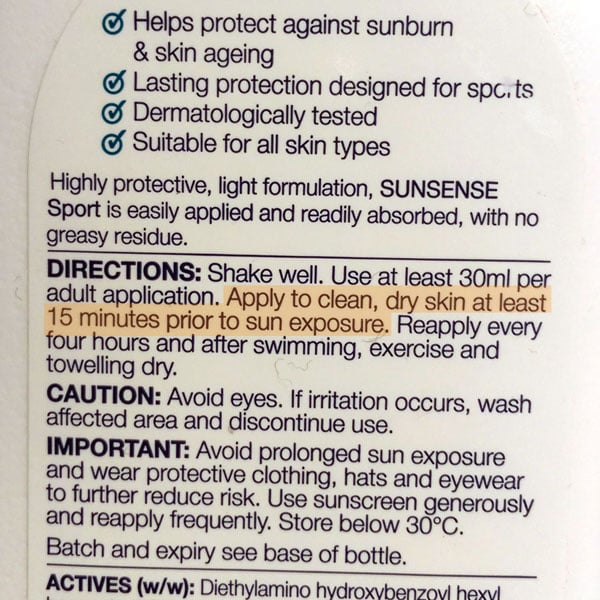
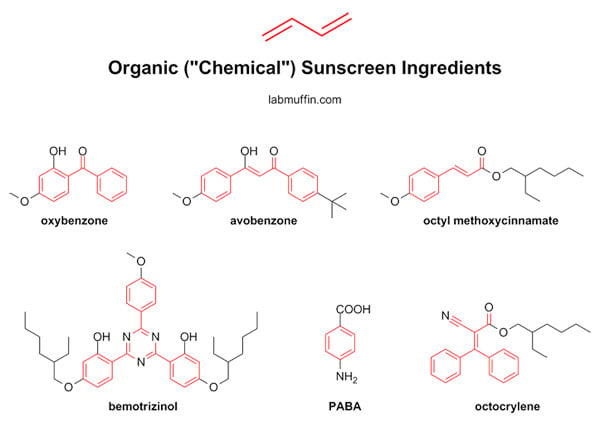
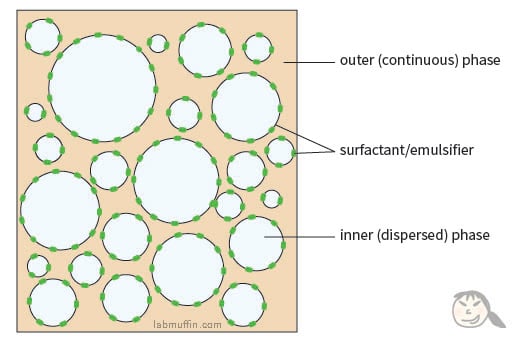



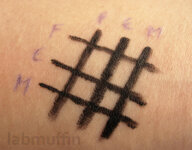
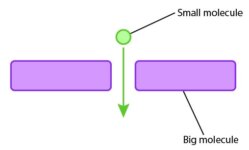

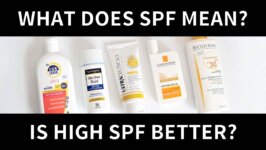
I just talked to Mr. Loca about this topic and it seems I was wrong. I thought the SPF needed to “bind” to the skin. Thank you for clarifying!
I used to think that too when I first started getting into skincare! It’s all over the internet.
I just watched a youtube video where a dermatologist claims that chemical sunscreens “interact” with proteins on the skin surface and that this interaction is required for their effectiveness. Pubmed help me!
Argh! Myths never die.
Ooh, I was totally wondering this! Thanks!
I never bothered investigating how sunscreens achieved their barrier effect, but this makes complete sense. I’m actually relieved that upon drying they’re a touch more impermeable than I previously thought; I always assumed sunscreen was dainty and easy to accidentally smear no matter how long you allowed it to ‘cook’ on the skin before sun exposure.
Now a question: its efficacy is achieved by creating a film binding to skin surfaces, which suggests to me that it ought to be the last step in a daytime skincare routine and shouldn’t be followed up with a hydrating mist or something similar. How do primers and cream and liquid and powdered cosmetics (and all the tool used to apply them) negatively affect that film?
Very useful, as always! 🙂
This has been bugging me, too, so I’ll tag along.
I know I apply enough and I always wait 15-20 minutes before applying makeup, but I do feel paranoid lately because I’m wondering what’s the purpose of it if it gets smeared around while I put other stuff on my face. If there’s an impact, would it be better to pat instead of smudging and spreading (for example, would using a cushion have a lesser effect compared to applying liquid foundation with your fingers or a brush)? And if the sunscreen doesn’t feel ‘dry’ on the skin even hours later, does it change anything?
Also, if sunscreen keeps getting removed throughout the day (http://kindofstephen.com/physical-vs-chemical-sunscreens-myths/, section titled “Inorganic sunscreens don’t need to be reapplied”), does it also mean I remove a good portion of it when applying makeup?
Wow, this reads more like a monologue now, so I’ll stop. I hope you’ll be able to help!
me three.
Is it okay to use make-up on the dried sunscreen?
…and four. I usually wait 15 or so minutes after sunscreen application to put on make up (either beauty blender or cushion foundaton, cause it seems safest), however I always wonder if it actually does not disturb sunscreen to some degree? Also when it comes to brushes later – is that safe at all? i.e. appying blush or some powder?
I’m going to do a post on make-up and sunscreen soon! Unfortunately the answer is mostly “no one knows, but my best guess based on what we do know is…” :\
There basically isn’t any research on sunscreen and make-up at all! I’m planning to do a post soon on the info there is and what can be generalised on it, but I’m going to have to dig so it may take some time. Essentially, it looks like anything could disturb it, so minimal disturbance is best.
Looking forward to that post, and your preview of it is disappointing (in the sense that sunscreen appears to be just as touchy a beast as one might suspect) but not surprising. Hopefully you’ll be covering SPF in make-up as well…? 😀
Yes I will! 🙂
Interesting article. Thanks! They really need to let people know about avoiding contact after application for a set amount of time. I thought it had more to do with a chemical reaction, not the risk of physically displacing the product!
I thought that too! It’s a pity it’s so poorly communicated.
From one chemist to another – Thank you for saying organic and inorganic! I really dislike the terms chemical and physical – especially when both are chemicals! (almost as much as I dislike misuse of the term “natural” ingredients not being considered chemicals)! Sometimes when people are spritzing their face with natural thermal water, I want to say, “you know you’re putting chemicals on your face!” Hehehe.
I hate the terms too, but unfortunately I think I’m going to have to keep using them because my post won’t show up on search results otherwise! But I hope by using the terms in parallel people will cotton on and they’ll gradually make the switch…
I’m actually working on a video about the natural/chemical issue 😉
i absolutely love following your blog. thanks as always for helpful, science-based info.
Thank you so much for your kind words! 🙂
Hello. Just had a discussion with a friend/coleg about sunscreen. He is dermatologist teachining students at the univerisity so i guess he knows something about sunscreen.
In short he told me with alot of biochemestry arguments that sunscreen works right after u applayed on skin, it may not work properly if u go out in the sun right after but it will do the job.
Sunscreen creats free radical damage to the skin, he sugested to me to use a serum with proven antioxidants, the ones that they really can protect de skin, the more, the better.
Use mineral sunscreen, better protection, less iritation and free radical damage.
Sunscreen should be just a sunscreen, most of the antioxidants that u find in the sunscreen wont work. They do work together like 2 best friends but when u find them in 2 separate products.
Hope this helps…
Sorry for my english, is my 5th language to learn.
I agree with most of that but I disagree with the mineral sunscreen part – the protection isn’t really better (it gives a flatter absorption curve but higher SPF and UVAPF values can be achieved with chemical sunscreens), the irritation is definitely lower, but free radical damage is also questionable (uncoated minerals cause free radical damage, and photostable chemical sunscreens won’t). It’s definitely a complex topic!
Dear Michelle,
Thank you for all the great info! This is really helpful. I have just found your blog, then watched your Youtube videos (which are awesome by the way) from which I’ve found out that you actually have 830 blog posts!! Whaaat? I saw only a few of them.
Just a quick suggestion: could you organize your tabs a little bit more so that people could find your posts a little bit easier? For example to have more categories in the Science tab: nails, hair, skin, bla bla and maybe even subcategories? That would really be awesome and I would even spend a whole day just reading your posts! 🙂
Cheers!
Thanks Veronica! I tried it in the past, but unfortunately I don’t think I can get my WordPress theme to filter by more than one category easily, sorry! But if you go to the Science category page and use the page navigation down the bottom it might be usable…
I can see why sunscreen is a good idea. I like how you said that the lotion needs to be an even spread before sun exposure. We’re looking at spending a lot more time on vacation next summer, so I’ll have to remember that because I don’t want to hurt my skin.
I never knew that sunscreen binds with your skin into a film and that it takes about 8 minutes to dry and do so. My family and I are planning on going to the beach for spring break, and I want to make sure that we stay safe and healthy in the sun. I’ll make sure we all buy sunscreen and wait at least 8 minutes before getting in the water and such.
This is the best blog ever. Soo informative!